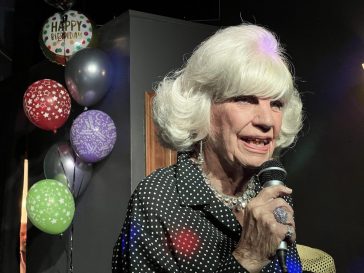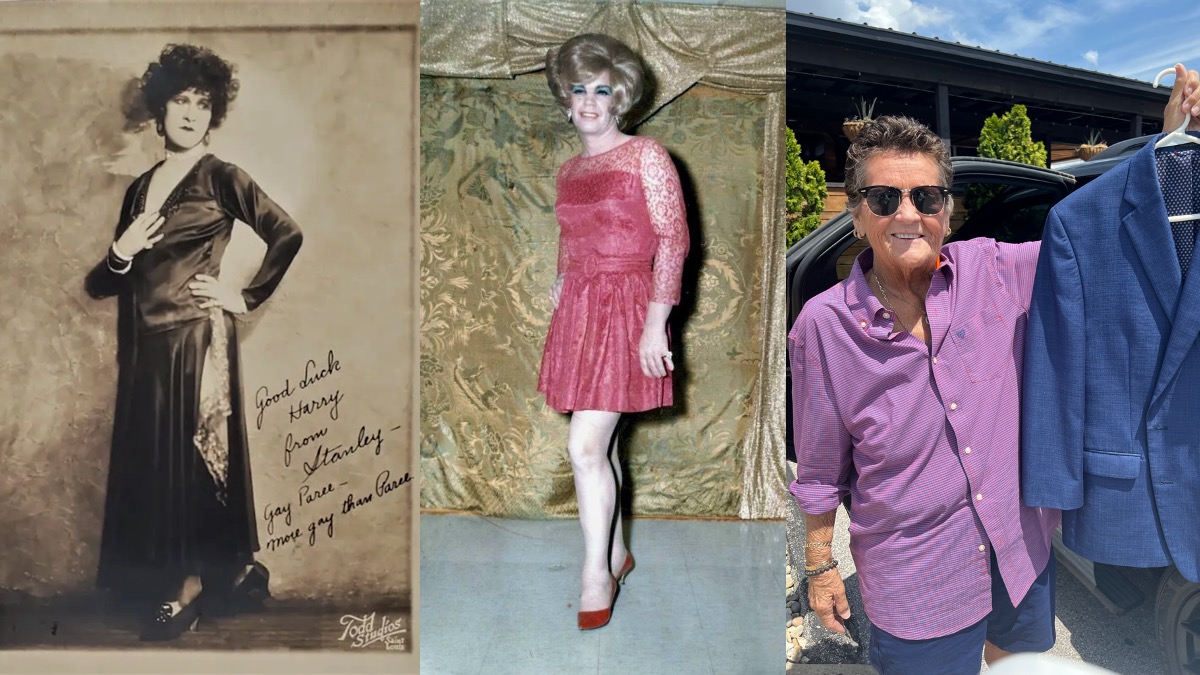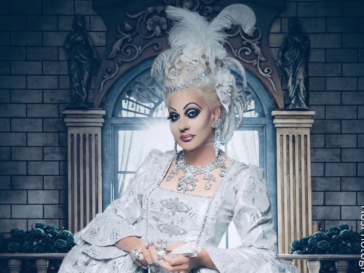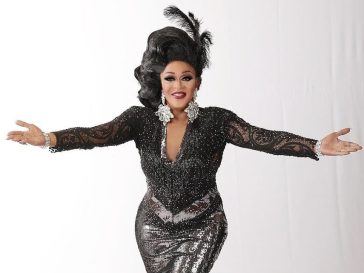St. Louis’ LGBTQ+ ancestral family tree includes countless drag performers and gender nonconforming individuals. Currently, St. Louis lays claim to having the world’s oldest performing drag queen – John Chaney, who performs at the age of 94 as Bonnie Blake, a St. Louis legend.
Chaney and others have paved the way to advance LGBTQ+ rights in St. Louis. Despite these advances, there are still negative social and political forces facing queer St. Louisans.
During the 2023 legislative session in Jefferson City, lawmakers have introduced 48 anti-LGBTQ+ bills. Around the country, 44 states have introduced 451 bills that target the community, according to the ACLU.
How did we get here? How have drag performers played a crucial role in our local queer storyline? For this historical timeline, I highlight people who cross-dressed for the purposes of entertainment — better known as drag kings and queens.
1840s-1986:
St. Louis has a “masquerading ordinance,” a law prohibiting anyone from wearing clothing “not belonging to their sex.” From the 1840s to the 1980s, drag performers, trans and gender nonconforming St. Louisans put themselves in danger of arrest, fines and jail time simply based on their attire.
1870s-1920s:
Female and male impersonators are headline acts during the vaudeville era. St. Louis is a major stop on the vaudeville circuit, with dozens of theaters and playhouses. An 1874 story notes the female impersonator Ernest Byne is performing at the Opera House. An 1877 ad for the Globe Theatre promotes the appearance of Stella Bertram as a male impersonator. An 1880 ad for Pope’s Theatre features female impersonator Chas Heywood as a headline act. In 1928, noted female impersonator Stanley Rogers appeared in St. Louis and was photographed by Todd Studios.

Stanley Rogers photographed by Todd Studios. | Courtesy Steven Brawley
1936:
One of St. Louis’ earliest known gay bars — Dante’s Inferno on Olive Street in Midtown — advertises female impersonator entertainment.
A club at the Blackstone Hotel on Olive has its liquor license revoked in part due to performances by female impersonators. Owner Mabel Thorpe fights to have the license reinstated and argues that female impersonation is a “legitimate” form of entertainment. Unfortunately, the judge rules against her.
1958:
The Jolly Jester’s organization begins to incorporate drag performances into its annual Miss Fannie’s Artists Ball at the Prince Hall Masonic Lodge on Olive Street. The event is still held annually and exemplifies the longstanding tradition of drag balls in African American communities across the United States.
1969:
On Halloween night in 1969, police arrest nine people for violating the masquerading ordinance shortly after they leave the Onyx Room, a gay bar in Midtown.
The Mandrake Society, St. Louis’s earliest known gay rights organization, steps in to help by raising bail money and arranging for an attorney to represent the people who were arrested. The attorney convinces a judge to drop the charges by arguing that the ordinance was enforced unfairly.
1970s:
After the 1969 Halloween arrests, the Mandrake Society holds an annual “Mandrake Ball” to serve as a symbolic protest and promote drag performance.
During this time, St. Louis area LGBTQ+ bars continue to host drag shows as the performers risk being arrested for violating St. Louis’ anti-masquerading ordinance.
1971:
The French Market bar opens in Soulard featuring drag entertainment “unofficially” sanctioned by then-Mayor Alfonso Cervantes and his wife.
1972:
First Miss Gay St. Louis pageant is held; Candy James crowned.
1973:
A gay car rally/parade that features drag queens travels from the east side through downtown and ends in Forest Park.
1974:
First Miss Gay Missouri pageant is held: Julie Tomorrow crowned.
1978:
Miss Gay America hosts a national pageant at the Machinist’s Hall in Bridgeton, Missouri.
1986:
St. Louis’ masquerading ordinance is overturned after the American Civil Liberties Union of Eastern Missouri takes on the case of a trans woman and drag performer (Michael Shreves/Michelle McCausland) who was charged with breaking the law. The case went to a U.S. Court of Appeals. In 1986, the court announced its ruling on the matter: The masquerading ordinance violated citizens’ constitutional rights and, as such, was invalidated.
1986-Present:
Drag performances are a mainstay at local LGBTQ+ bars and Pride events. In recent years, drag-themed events have been popular at “straight” venues through drag brunches and bingos. Students at University of Missouri-St. Louis and Webster University have also produced drag balls. In 2017, the St. Louis Public Library hosted its first “drag queen story time.”

Bonnie Blake is the oldest performing drag queen. | Courtesy Steven Brawley
2023:
Anti-drag legislation is prevalent across Republican-led state legislatures, with Tennessee passing an anti-drag bill. Missouri’s anti-drag bill is met with opposition from LGBTQ+ advocacy groups and drag performers across the state.
The proposed HB 1364 would have made any drag performance geared toward minors a misdemeanor. Any public or charter school that violates this proposed legislation would lose federal funding, even if the violation was committed by a volunteer. The bill never made it out of committee. Out in STL recently saluted three St. Louis drag performers — Akasha Royale, Maxi Glamour and Jordan Elizabeth Braxton — for helping convince Jefferson City lawmakers to not pass a drag ban like the one in Tennessee.
As well, drag king and queen clothing is being curated for inclusion in the much-anticipated June 2024 Gateway to Pride LGBTQ+ exhibit being planned at the Missouri History Museum.



